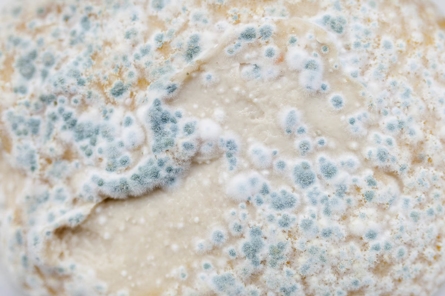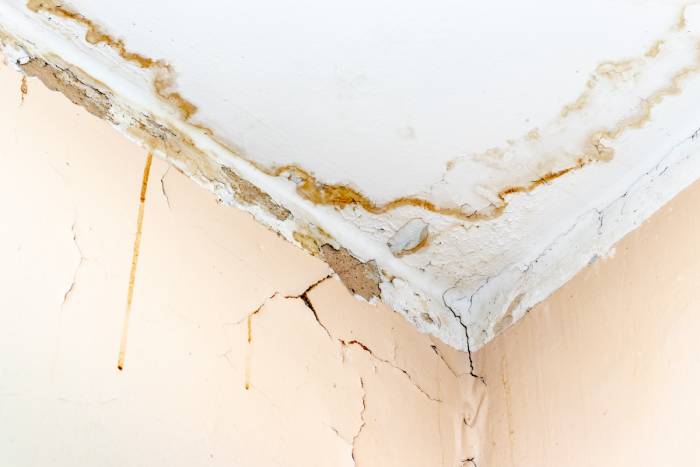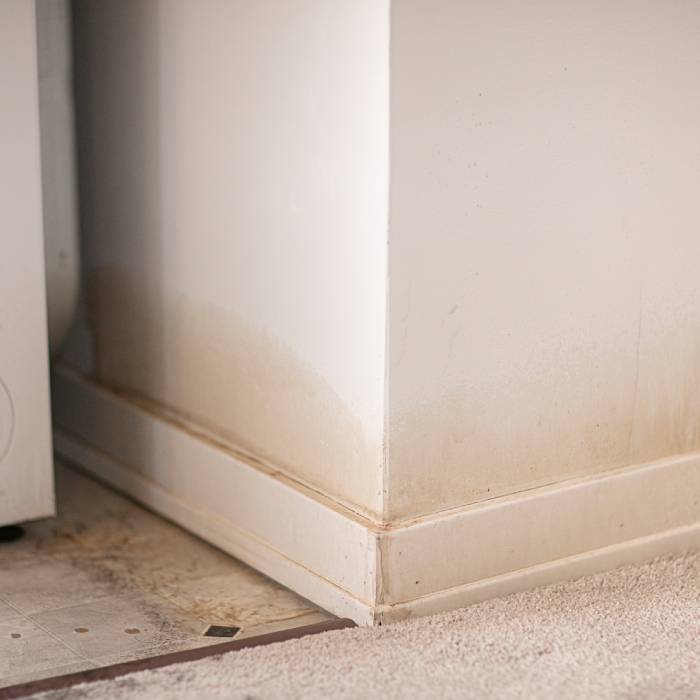
Along with Alternaria, Aspergillus and Penicillium, Cladosporium mold is one of the most common molds found indoors. In fact, if moisture is present in the air or on surfaces like wallpaper or carpet, Cladosporium mold might be found there, too.
What is Cladosporium?
Cladosporium is a type of mold that can be found both indoors and outdoors. Like other common household molds, you might find Cladosporium growing anywhere that moisture is present, including on the carpet or walls, near leaky pipes and more. Usually, Cladosporium grows where other primary molds have been found, like Aspergillus or Penicillium. It will typically look olive green, brown or black. Keep in mind that just because it looks black doesn't mean it's the same as "black mold," or Stachybotrys chartarum – but if you're not sure, it's best to get a professional inspection to limit your exposure to potentially destructive mold. Some of the most commonly found Cladosporium species include Cladosporium sphaerospermum and Cladosporium cladosporioides, which can both be found in the air or attached to walls, carpet, wood, mattresses, paint, tile, grout and even your food.
What makes it dangerous?
If airborne, an abundance of Cladosporium spores can affect people with allergies and respiratory diseases. Contact with this mold can create increased allergy symptoms like itchy eyes, a runny nose, coughing, sneezing and more. This mold can also trigger skin and sinus infections if it isn't taken care of quickly and effectively.
What do I do if I think it's in my home?
As with any mold, cleaning Cladosporium by yourself can be dangerous. If you see mold in your home, call professionals like the experts at ServiceMaster Restore to inspect the growth and handle it safely and permanently. We'll work with you to create a comprehensive mold remediation plan that is unique to your specific situation to help ensure your home, health and peace of mind are restored as quickly as possible.
For more information about different kinds of mold and tips on how to prevent it from growing in various areas of your home, visit the ServiceMaster Restore blog.



